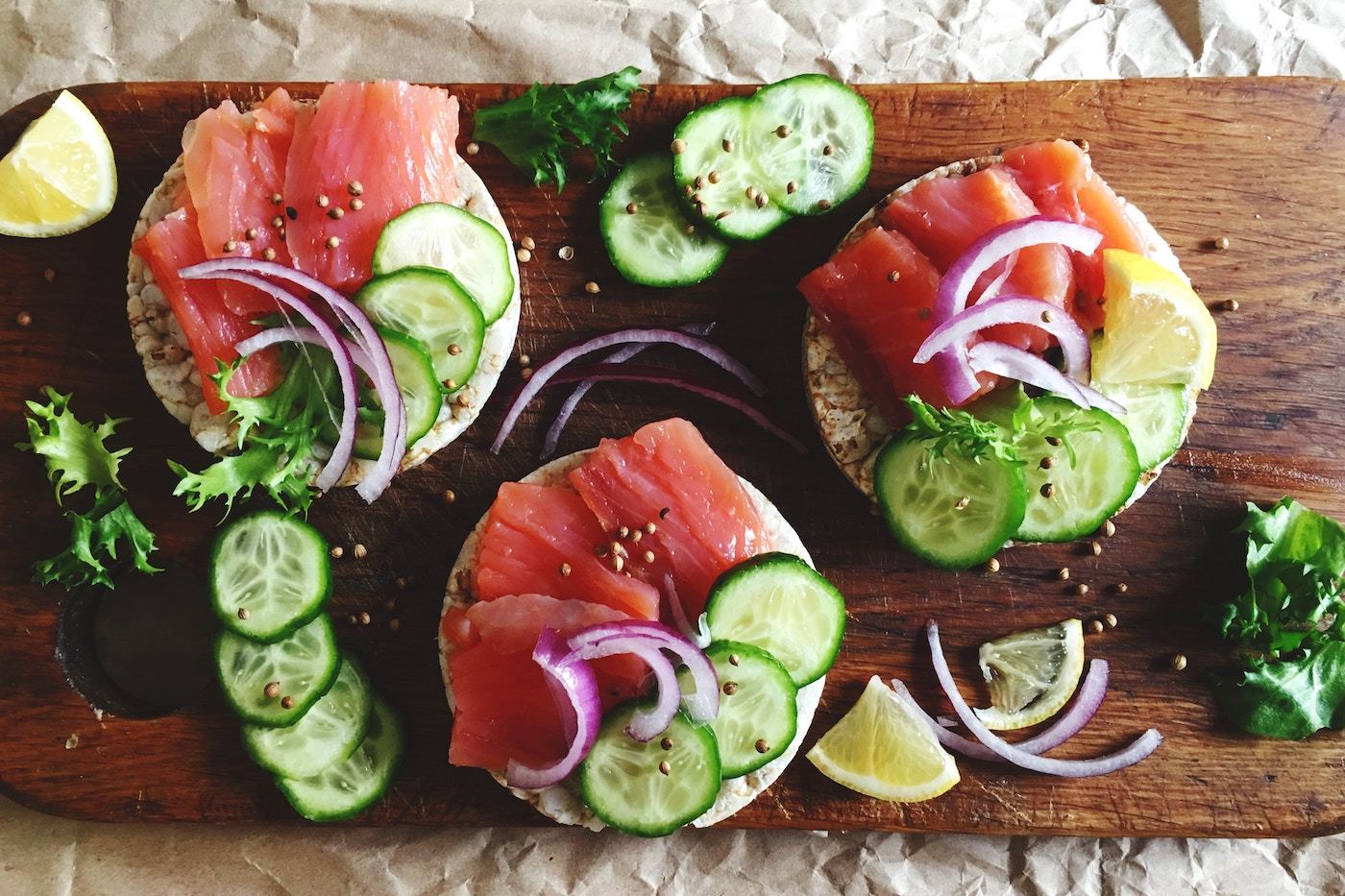
August 19, 2019 at 09:03AM by CWC
As the saying goes, “There are plenty of fish in the sea, but only some of them contain low levels of mercury.” Okay, okay, so I embellished this particular cliché just a little bit, but you get the picture: Of the 20,000 known species of fish, only a few stand out as add-to-your-plate protein options that won’t make you worry about mercury. But thankfully, you won’t need to remember 20K different fish, just five, thanks to this easy acronym from Parsley Health: SMASH, which stands for sardines, mackerel, anchovies, salmon, and herring.
Remember, mercury can have some pretty concerning effects on the body in high doses. As Parsley Health explains in a recent Instagram post, “Mercury can impact brain function and memory, affect your thyroid, kidneys, sleep, and energy levels.” This is especially important for expectant and breastfeeding moms, as mercury can affect a fetus’s brain and nervous system development.
Here’s the thing: Nearly all fish contain some amounts of mercury (thanks, pollution!). However, you can minimize your risk by sticking with SMASH-choices, all of which are full of healthy fats and protein while staying safely low in mercury levels. The Environmental Protection Agency (EPA) recommends making sure a majority of the fish you eat fall under this SMASH category, while limiting your weekly servings of higher-mercury seafood like tuna, bluefish, grouper, marlin, king mackerel, shark, and swordfish. If you have specific questions about how much of the go-to fish you or a family member is eating each week, then the EPA advisees talking to your health care provider concerning your specific needs.
ADVERTISEMENT
ADVERTISEMENTKate Spade Autumn/Winter Sale |
When you next find yourself in the seafood aisle (the Mediterranean lifestyle demands it!), the folks at Parsley Health say to keep a few other shopping tricks at front of mind. First, buy small fish. “Bigger fish that are higher in the food chain eat smaller ones, which accumulates higher levels of mercury in their fat,” reads the Instagram caption. They also advocate for sourcing fish locally, supporting smaller fisheries, and continuing to eat a diverse mix of fish when you can. “High demands lead to overfishing, harmful catch methods and overuse of antibiotics,” they explain. “Opt for less popular options such as mullet, herring, and mackerel.”
Follow these tips and (fingers crossed) we’ll make sure there’s plenty of fish in the sea for years and years to come.
Wondering about the benefits of fish oil? Here’s the deal.
Of all the fish in the canned food aisle, this one’s the best for you. Oh, and while summer season is still in full swing, here’s how to keep your seafood of choice from sticking to the grill.
Author Kells McPhillips | Well and Good
Selected by CWC
ADVERTISEMENT
ADVERTISEMENTUp to 30% off Gift Sets |







